Los Angeles cultural historian Emmeline Summerton. Lost Canyons LA explores the evocative siren call that has been bringing newcomers to the Santa Monica Mountain region for more than a century and shares the stories of people seeking adventure, creativity, and new ways of living in this unique oasis of nature and beauty.
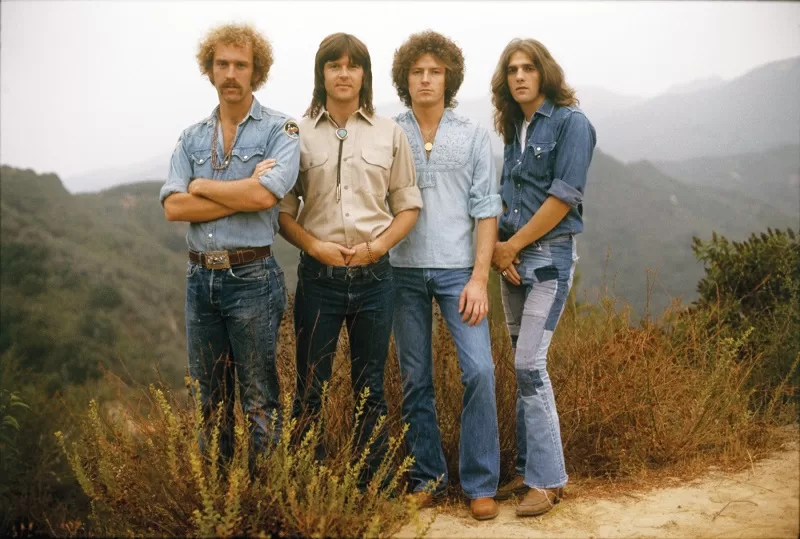
Laurel Canyon may take the crown as Los Angeles’s most Rock ‘n’ Roll canyon, given the seismic musical shift that took place there in the 1960s, but as any long-time local can probably tell you, Topanga Canyon had its own pivotal music scene and fair share of rock superstar residents. In today’s column we’re traveling back to the classic era of California rock and the stories of Topanga’s biggest musical stars.
In the mid-1960s, Topanga was fast becoming a beacon for musicians looking for the kind of peaceful seclusion that the booming Laurel Canyon scene was no longer able to provide.1 People like Linda Ronstadt (who famed rock photographer Henry Diltz dubbed the “barefoot lady of Topanga Canyon,”2) and the Byrds’ Roger McGuin and Chris Hillman (who used the same Topanga cottage on the cover of their 1968 album The Notorious Byrd Brothers that Ronstadt had used for her album Hand Sown… Home Grown)3 were now making their home in the canyon.
It was at a Topanga pool house, where Roger McGuinn was living, that Barry McGuire heard the Byrds guitarist’s new arrangement of Bob Dylan’s “Mr. Tambourine Man,” and was inspired to record his own iconic song “The Eve of Destruction” in 1965.4 Topanga was also home to Spanky McFarland and her gang, and to Tim Buckley, when his critically acclaimed 1966 debut album was released.5 Legendary bluesman and canyon local Taj Mahal caused a stir at the annual Topanga Canyon Banjo and Fiddle Contest where his bluesy playing was such a contrast to the reigning champion David Lindley’s flamenco inspired style that they had to be named joint winners.6
In the center of the emerging canyon scene was live music venue the Topanga Corral. Originally a country and western hole in the wall called Mickey’s Hideaway, the club was revamped in the 1960s into a hippie haven adorned with a large painting of a naked couple, called Pisces Dancing, above the dance floor.7 Long rumored to have been the inspiration behind The Doors’ hit Roadhouse Blues, the Corral provided Topanga’s musicians and music lovers with the perfect place for the canyon’s rock scene to flourish.
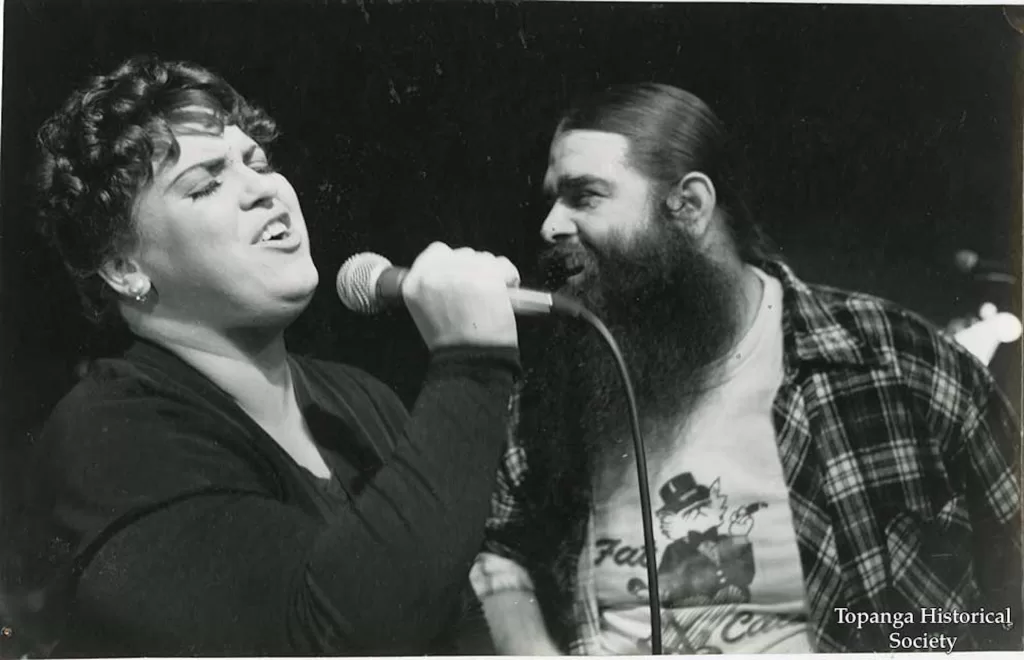
One of the bands most closely associated with Topanga, both in spirit and location, is Canned Heat who not only began their career in the canyon but also left behind an urban legend surrounding the deaths of two of their members that still draws the curious to Topanga today.
The band’s story began in front man Bob Hite’s home on North Topanga Canyon Boulevard.8 Hite was an avid record collector, and his place was a popular spot for local blues fans to trade and sell albums—among them several musicians who decided to join him in forming a band.
The obvious place for the newly formed Canned Heat to play was up the road at The Corral where they became the house band in 1966. After building a strong following through their live shows, the band’s big break came after their stand-out performance at the Monterey Pop Festival, just prior to the release of their debut album in 1967. But it would be the hit song “Going up the Country” from their third album, along with a stellar performance at Woodstock in 1969, that would cement Canned Heat as one of the seminal bands of the late 1960s hippie era.
Following Woodstock, the band embarked on a successful series of tours and recorded an album, Live at Topanga Corral, a tribute of sorts to their early beginnings despite the live show in question being recorded at the Kaleidoscope in Hollywood. Unfortunately, tragedy would soon strike them when, in September 1970, original guitarist Alan Wilson was found dead from a barbiturate overdose on the hillside behind Hite’s Topanga home. Following Wilson’s death, the band continued for several more years before Hite also tragically died of a drug overdose after a show in 1981.9
As to that urban legend, at some point Hite’s house was washed away in torrential floods and construction on a new house was abruptly halted and then abandoned in 1990. Over the years that house, now completely covered in graffiti, has become a pilgrimage site for hikers in the canyon, fascinated by the idea of a curse that may have befallen the land following Wilson and Hite’s deaths.10
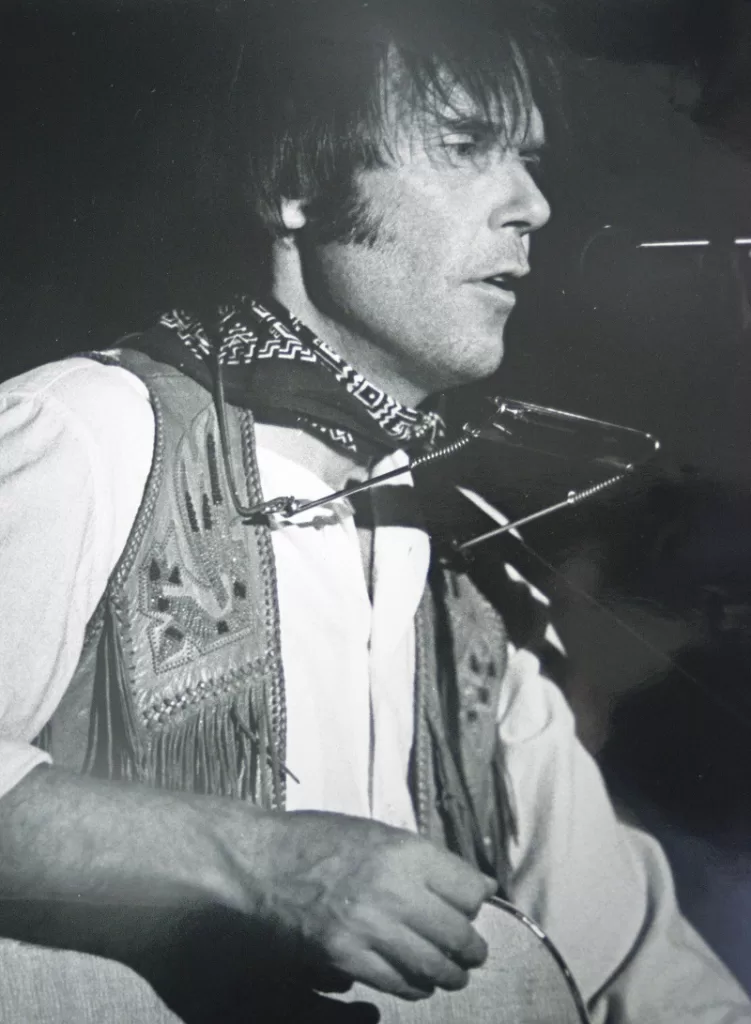
Members of Buffalo Springfield, including Stephen Stills and Neil Young, found themselves drawn to Topanga soon after their formation in 1966. It was in the canyon that Stills would write their most famous song, “For What It’s Worth,” and his Topanga house was also the scene of a police raid that is widely believed to have been the catalyst for the band’s breakup in 1968.11 The infamous bust took place one night when Stills and his bandmates were joined in a jam session by Eric Clapton, who was in town to play shows with Cream. The group’s playing caused some neighbors to complain and when police officers arrived at the door, they discovered not just a noise violation in progress but a large amount of marijuana in the house.
Included among the 15 people arrested that night were Stills’ bandmates Neil Young, Richie Furary and Jim Messina, along with their tour manager Chris Sarns and Eric Clapton – Stills managed to escape out of the bathroom window.12 Later at the police station, the men were stripped and allegedly sprayed with DDT while Clapton was made to stand naked except for his pink boots, as a further indignation. The possibility of being convicted weighed heavily on everyone, particularly Clapton and Young who, as non-US citizens, could have been deported. In the end, everyone but Sarns was charged with only disturbing the peace. Sarns, for his part, was fined $300 and put on three months’ probation. The band, already struggling with interpersonal issues, went on to play one final show two months later before breaking up.13
After the demise of Buffalo Springfield, Neil Young would buy his own Topanga home in 1968, a clifftop redwood on Skyline Drive. Despite his regular appearances at The Corral over the years, the reserved Young kept a fairly low profile in town. But that didn’t stop him from meeting his first wife Susan Acevedo at the Canyon Kitchen, a restaurant she ran in the Topanga shopping center, and marrying her at his house soon after. By the following year, Young was so closely associated with Topanga that Reprise Records included a promotional campaign for his second solo album Everybody Knows This Is Nowhere that included a free bag of “Topanga dirt” for every record sold.
Young’s next solo album, After The Goldrush, also had strong ties to the canyon, as it was not only recorded in the makeshift studio he built at Skyline Drive, it was inspired by the script for a film of the same name set in Topanga. The film script that was never produced, was written by Young’s nearby neighbor Dean Stockwell and centered around an artistic community that is washed away by a tidal wave. After reading the script, Young was inspired to write the album’s title track about the film’s main character who carried the tree of life through Topanga to the ocean.14
The 1970s would bring a new crop of musicians to the canyon. In 1973, Marvin Gaye and his wife Jan moved to a rustic cabin so high up in the twisting and turning hills of Skyhawk Lane that friends had to call from a gas station below to have someone escort them up.15 For Gaye, this period would mark one of the happiest times in his life when he could enjoy the canyon’s quiet seclusion and focus on his music. “For weeks I’d just sit and stare into space,” Gaye told author David Ritz for the book Divided Soul: The Life of Marvin Gaye. “With enough time, I was sure this was the place where I could create my masterpiece.” For Gaye, being surrounded by nature inspired a new outlook on his music. Echoing many of the artists who called the canyon home, Gaye described how listening to bird songs and the sound of the wind could ignite his creativity.16
In 1974, the Eagles’ Bernie Leadon took over Neil Young’s former Skyline Trail* home17 where he lived with his then girlfriend, and daughter of Ronald and Nancy Reagan, Patti Davis.18 Leadon’s Eagles bandmate Don Felder moved into a neighboring home, with Leadon’s brother, not long after. Emmy-Lou Harris was also living in Topanga in 1974 when she wrote Boulder to Birmingham, her beautiful ode to county-rock legend Gram Parsons who had died the previous year. Mick Fleetwood and his wife Jenny Boyd moved to the canyon in 1976, soon after Fleetwood Mac settled in LA and reignited their career by adding Stevie Nicks and Lindsay Buckingham to their line-up.
Although many more musicians have called Topanga home over the years, the golden age of the canyon’s rock era perhaps came to its symbolic end when the Topanga Corral burned down sometime during the 1970s. The club that had played host to everyone from Little Feat to Janis Joplin and Joni Mitchel was eventually rebuilt, only to burn down again in 198619 well into the decade that saw the end of the classic California canyon rock sound.
*This article was edited May 7, 2023 to reflect the correct street address of Neil Young’s former home in Topanga. The correction was submitted by Mr. Caelo Marroquin Zolper, a Topanga resident. See his note to the author in the comments below.
Endnotes
1. Time Between: My Life as a Byrd, Burrito Brother, and Beyond by Chris Hillman
2. Henry Diltz Facebook
3. https://popspotsnyc.com/the_byrds/
4. http://www.richieunterberger.com/mcguire.html
5. Dream Brother: The Lives and Music of Jeff and Tim Buckley by David Browne
6. Topanga Banjo Fiddle Contest and Folk Festival
7. Shakey: Neil Young’s Biography by James McDonough
8. Living the Blues: Canned Heat’s Story of Music, Drugs, Death, Sex, and Survival by Fito de la Parra
10. Atlasobscura.com
11. Shakey: Neil Young’s Biography by James McDonough
12. www.uncut.co.uk
13. Shakey: Neil Young’s Biography by James McDonough
14. Shakey: Neil Young’s Biography by James McDonough
15. After the Dance: My Life with Marvin Gaye by David Ritz and Jan Gaye
16. Divided Soul: The Life of Marvin Gaye by David Ritz
18. The Long Goodbye by Patti Davis
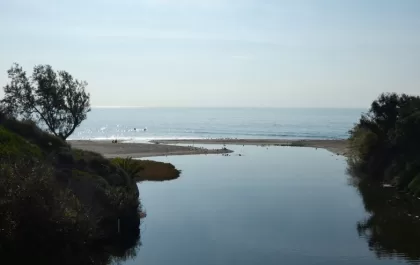
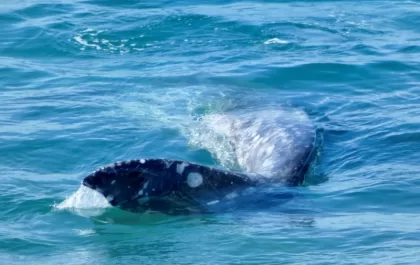
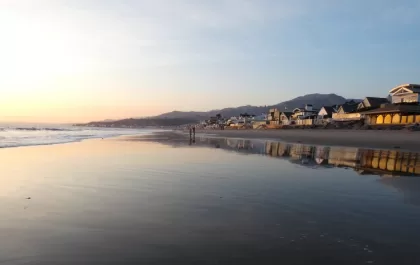
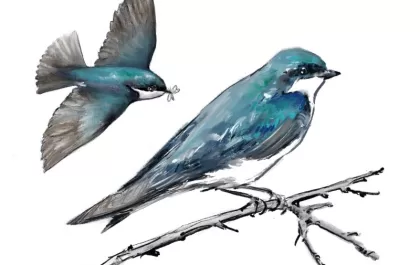




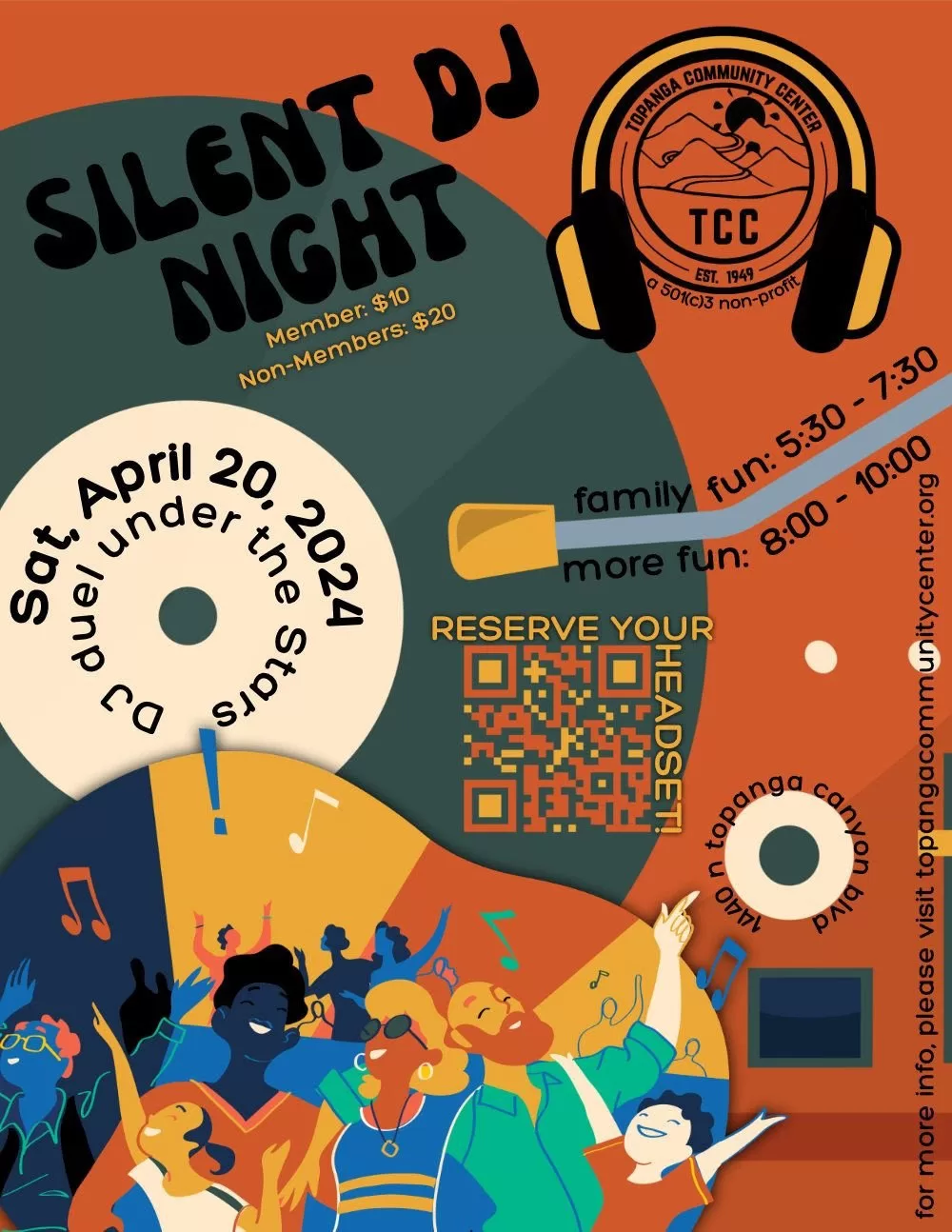

Spirit???
I got the Spirit early. + the way their album cover was divided…
I got the Spirit early. + the way their album cover was divided…
Hey Emmeline,
I’m a Topanga Canyon resident of 50 years. I really enjoyed reading your article because I grew up in Topanga and spent time at the Topanga Corral and Neil Young’s home.
I’d like to clarify a couple of things so that the Topanga archive is maintained just slightly more accurately.
Neil Young lived in a home on Skyline Trail not Skyline Drive. That might seem trivial but to Topangan’s it’s essential because Skyline Drive is in Old Canyon and Skyline Trail is in Fernwood; two completely separate areas of the canyon.
But also, guess who purchased the house from Neil Young in or around 1971? A man (well known in his own right) by the name of Gary Burden.
Gary Burden designed (iconic) album covers for the likes of The Doors, Neil Young, Joni Mitchel, The Mamas and the Papas, Steppenwolf, Three Dog Night, Crosby Stills & Nash (and Young) and MANY OTHERS.
Gary Burden is often forgotten when Topanga and its music history is discussed and I think that’s unfortunate.
As a child I was friends with Gary Burden’s kids and was lucky enough to meet quite a few famous musicians in that house that Gary purchased from Neil Young.
Anyway, just wanted to provide a little more information.
Thanks very much,
Caelo Marroquin Zolper
This is not only SO COOL but great detail for the archives – thank you for chiming in!
My husband, the late Ral Curren designed that house for Neil. He also owned the Corral for some time when it was hopping.
Long time ago I built a recording studio at Neal Young’s home on Skyline. Many times going up to kitchen for coffee and listening to Neal working on his songs. Nice job perk.
In the late 70’s I rented a house on Old Topanga and I found out Linda Ronstadt had rented it in the the late 60’s. One Halooween Even night I was reading the book Helter Skelter and I got to the chapter about the Manson Family killing Gary Hinman and I realized the address of his house was the house next door to me. It made for a spooky Halloween Eve wondering if the Gary’s ghost was still haunting the place. Linda lived in my house when it happened next door but kind of lucky for her she was on tour when the dirty deed happened.
Ooof! Love our community sharing these detailed memories.